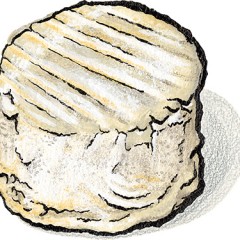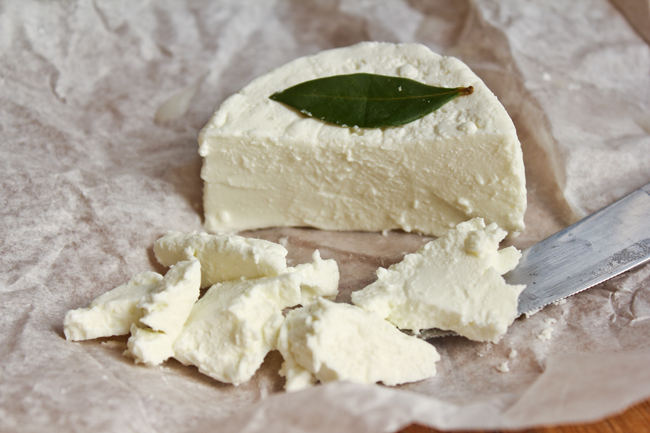
August Cheese of the Month: The Manchester
Creamery Wholesale Manager Paul Bower sings the praises of the fabulous Manchester.
Read more »
Creamery Wholesale Manager Paul Bower sings the praises of the fabulous Manchester.
Read more »
City Goat cheese from the Creamery is on special during the month of July!
Read more »Our Dutch-Belted cow’s milk comes to us from Andy Schneider’s Dairy Farm in Westphalia (northwest of Lansing). This dairy has a herd of Dutch-Belted cows which are extremely rare in the U.S. (there are slightly more than 200). What makes the Dutch Belted cow’s milk unique is its high butterfat and protein content, and the […]
Read more »
Zingerman’s Art for Sale